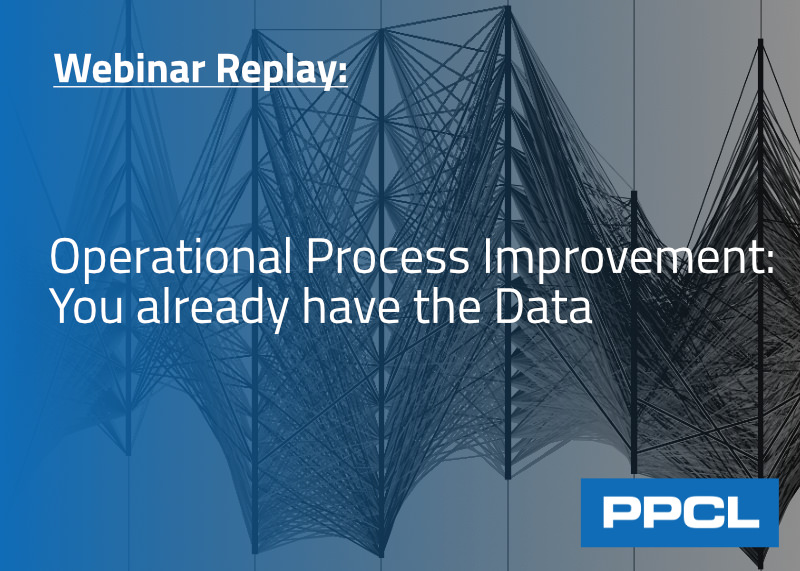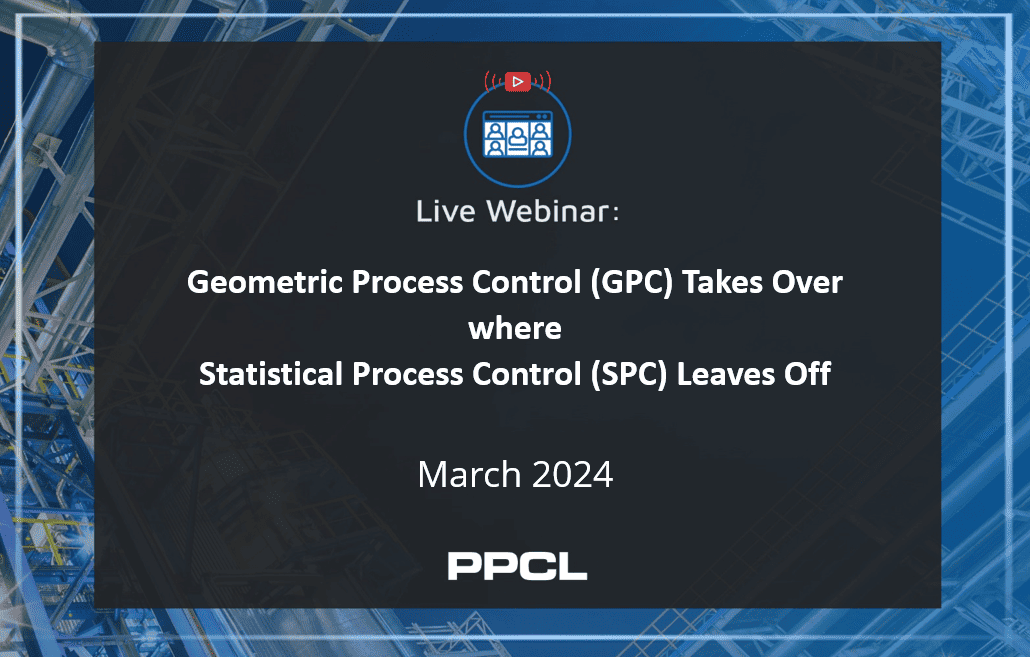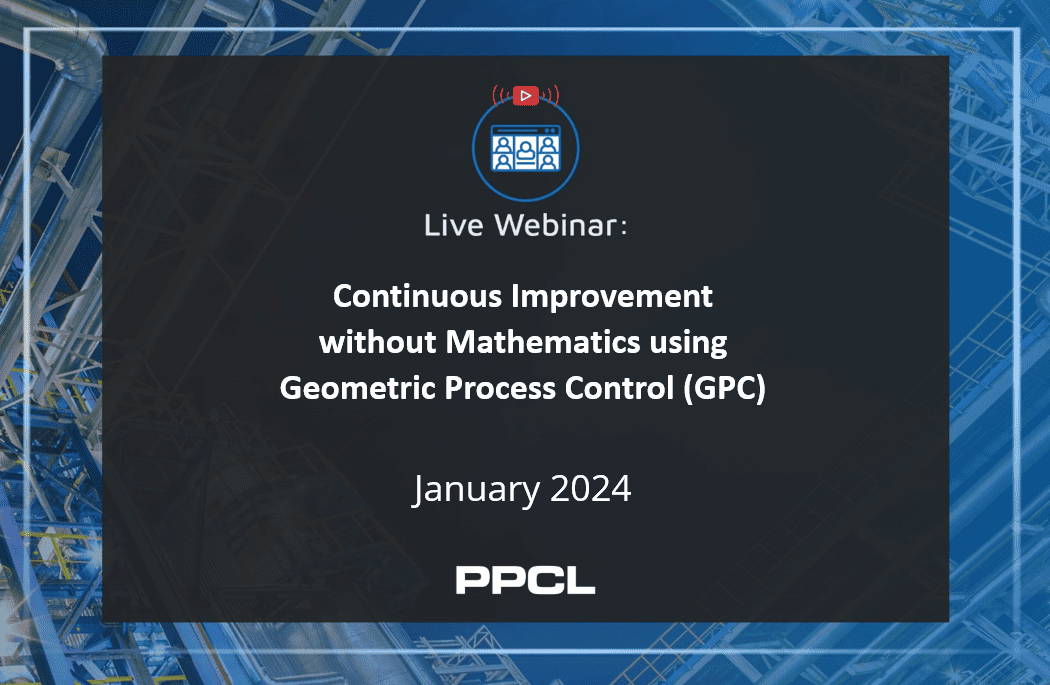Geometric Process Control (GPC) Takes Over where Statistical Process Control (SPC) Leaves Off
Statistical Process Control (SPC) has been successful over many years in improving quality management in manufacturing applications but has struggled to find application in process applications. The answer to this is Geometric Process Control (GPC). GPC solves the challenges of relating product qualities to each other and to process variables with self-service analytics that requires good knowledge but only basic mathematics to discover cause-and-effect relationships.

The Correct Operating Envelope for Every Mode, Grade and Phase Improves Process Operations
This webinar introduces models for real processes such as batch, fed-batch, cyclic, grade-change and all sorts of non-continuous processes that require more than one Operating Envelope.
Continuous Improvement without Mathematics using GPC
Management approaches for Continuous Improvement, using approaches and tools such as 6-sigma, lean, and statistical process control (SPC) are tremendously successful in reducing process variation and improving performance. Limitations include high training requirements in mathematical statistical methods and the general restriction to single-variable statistics.
Geometric Process Control (GPC) as implemented in C Visual Explorer (CVE) expands this dramatically, giving engineers the tools for self-service multivariate investigation and analytics visually, without a statistical background, allowing every engineer to participate and drive continuous process improvement.
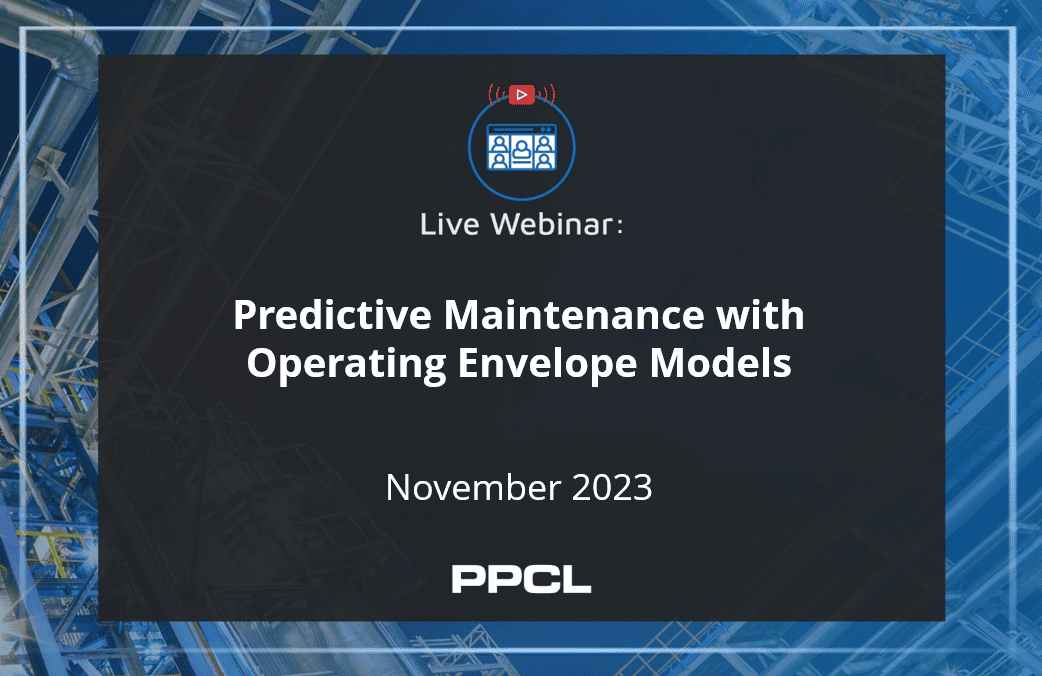
Predictive Maintenance with Operating Envelope Models
This webinar focuses on Geometric Process Control and Envelope-based models, showing how using only historic data a model of normal operation can be built that alerts when the process relationships have changed outside their normal range, providing warning of potential upcoming faults and triggering maintenance. The sensitivity of these models delivers much earlier warning and allows more time to schedule predictive maintenance. The low-cost, low-time delivery of GPC models is ideal for bringing predictive maintenance to smaller pieces of equipment that we now have data for.
A Step-Change in Alarm Rationalization and Management
Recently a step-change in technology occurred when we implemented the parallel coordinate transformation as the basis for a multi-variable method for analyzing, interrogating, and presenting data problems in the process industry, many of which hadn’t previously even been recognized as multi-variate.
Operator Alarms are one of these. They are often a factor in serious plant disasters, and attention has been focused on avoiding too many alarms so as not to overload the operator. The other side of this is making sure that the alarms that are necessary are annunciated, and these can be addressed together with access to the full multi-dimensional operating envelope.
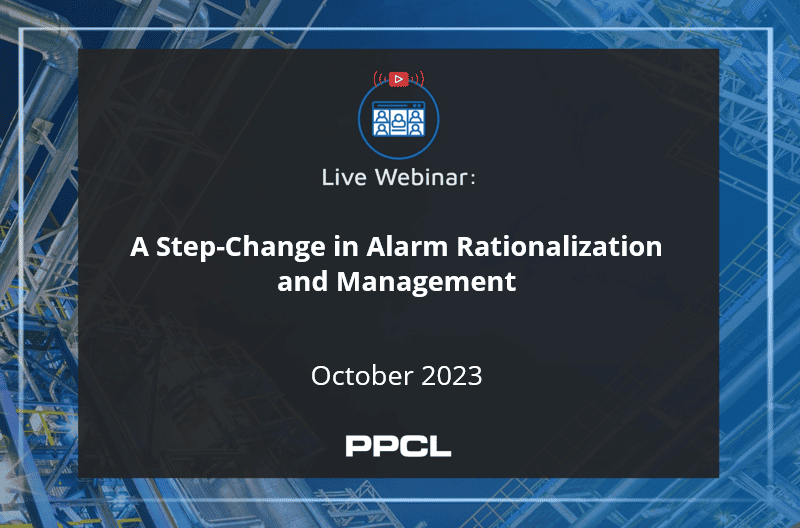
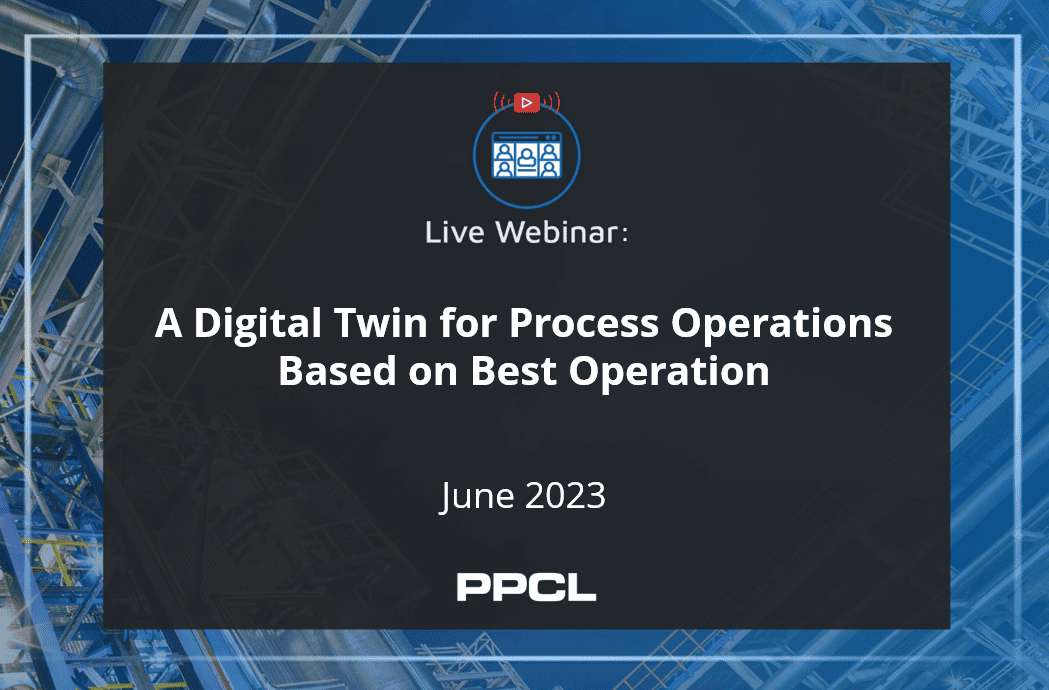
A Digital Twin For Process Operations Based on Best Operation
Imagine your process performance if every operator had the insight of your most experienced expert operators. Now you can with Digital Twin models encapsulating the accumulated knowledge of your best process operation. With this continuous help process operation will improve, reducing operating costs, emissions and energy usage and delivering higher yields, more consistent product and a safer process. This technology is applicable to single and multi-mode continuous processes, batch and multi-grade processes including grade transitions. It is easy for your engineers to implement.
Delivering Operational Excellence
In this webinar we will demonstrate how operating envelopes can be used to achieve your KPIs in an Operational Excellence (OpEx) framework. We’ll show how anyone can see a full feed-to-product operating envelope, evaluate KPI targets with baseline performance, identify and resolve inconsistent KPIs, and find appropriate leading KPIs. This dramatically reduces time and builds confidence in the process, increasing acceptance and showing exactly how to operate to achieve goals.
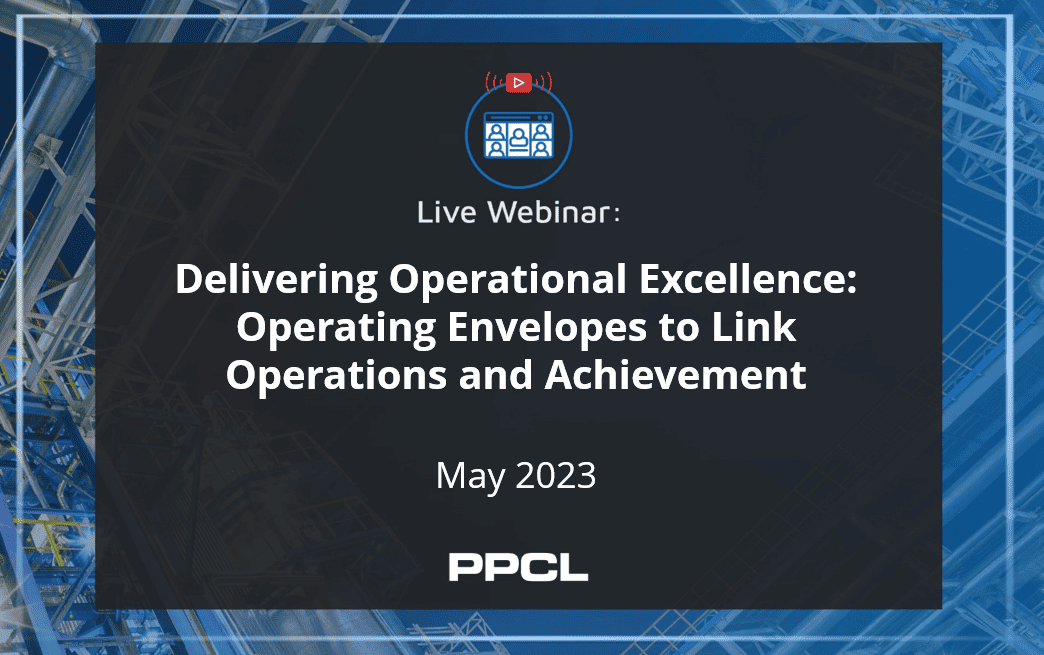
Early Event Prediction with Geometric Process Control
Imagine having 10 minutes or more warning of upcoming abnormal events such as compressor surge or turbine trips, and days warning of slowly developing equipment faults. Operators would have the time to adjust the process to avoid or minimize the impact of the events! This month’s webinar shows how you can build a model from process history and existing engineering knowledge in hours or days.

Reduce Process Energy: You Already have the Data
High and volatile energy prices have put the focus on reducing your plant energy expenditure. How can this be done quickly without time-consuming and expensive modelling or extensive data collection?
PPCL’s novel data visualization software is the answer. Using data already present in your historian, engineers can question, discover information and test hypotheses. The keys to minimizing energy usage may already be present, just needing the right techniques to find them. In this webinar we show you how to quickly find these operational changes for improving your energy profile. Implementing these findings with operations can have immediate and significant benefits.


Do not use the Bad Actor Method for Adjusting Alarm or Operating Limits
You’ve rationalized your Alarm and Operating Limits with CVE and are getting the best alarm performance you have ever had. Why would you want to adjust limits and how should you do it? The Capability of many processes changes over time. Eventually you will start getting alarms on temperatures and flows and usually for more than one variable. These are the Bad Actors you want to adjust. You have to do it multi-variably not one at a time but it is quite easy with CVE and we will demonstrate how to do it in this webinar.
What's New in CVE 2.8.2
C Visual Explorer (CVE) is PPCL’s flagship product that enables visualization of thousands of variables and hundreds of thousands of operating points. Powerful data interrogation tools allow filtering and analysis of the data purely visually without require training in statistics or other higher mathematics.
This webinar shows what is coming in CVE 2.8.2, including query outlines, text substitution, selectable color palettes, exporting Pareto information, tools for C Process Modeller (CPM) output, UNICODE support, and numberous bugfixes and enhancements.
We show the new features in the context of process questions and general investigation techniques, no prior knowledge of CVE is required.
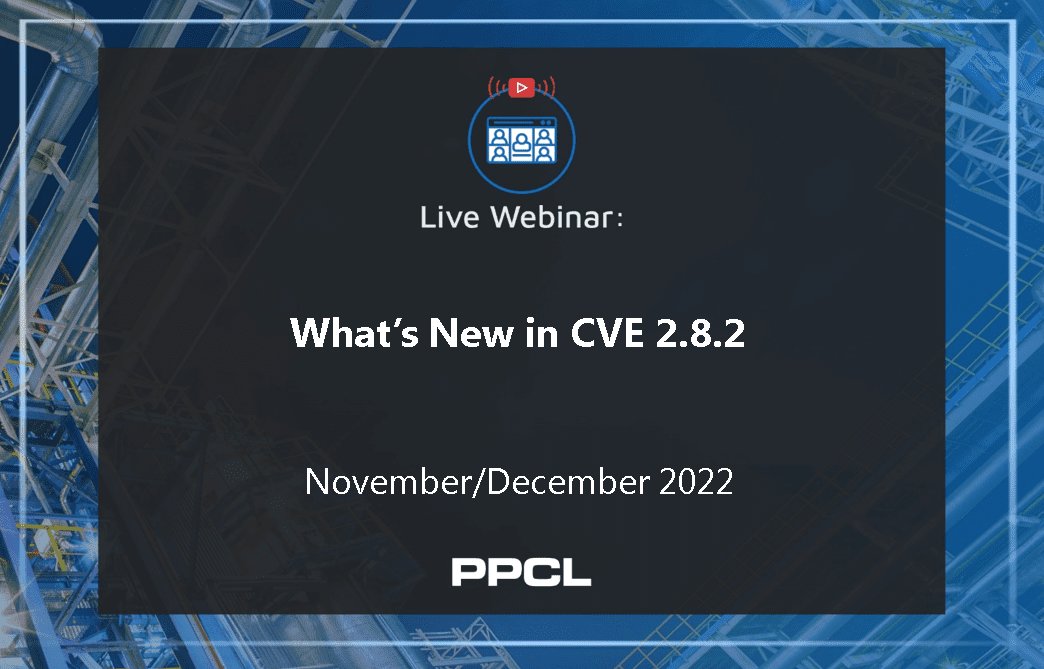
Aligning Alarms with Safety, Quality, and Business Objectives
Visualizing the relationship between operating envelope and alarm limits revolutionizes alarm rationalization, producing an alarm system that performs better, with a fraction of the effort traditionally used. The operating envelope uses the process relationships captured implicitly in the plant history to link operations and achievement of business objectives. This then ties alarm limits to achieving plant performance, beyond safety and plant uptime.
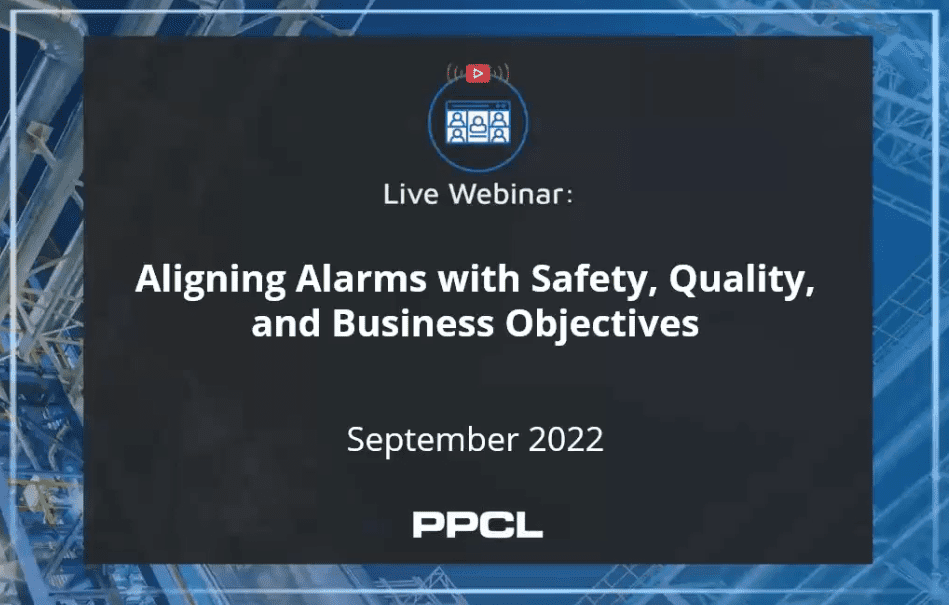
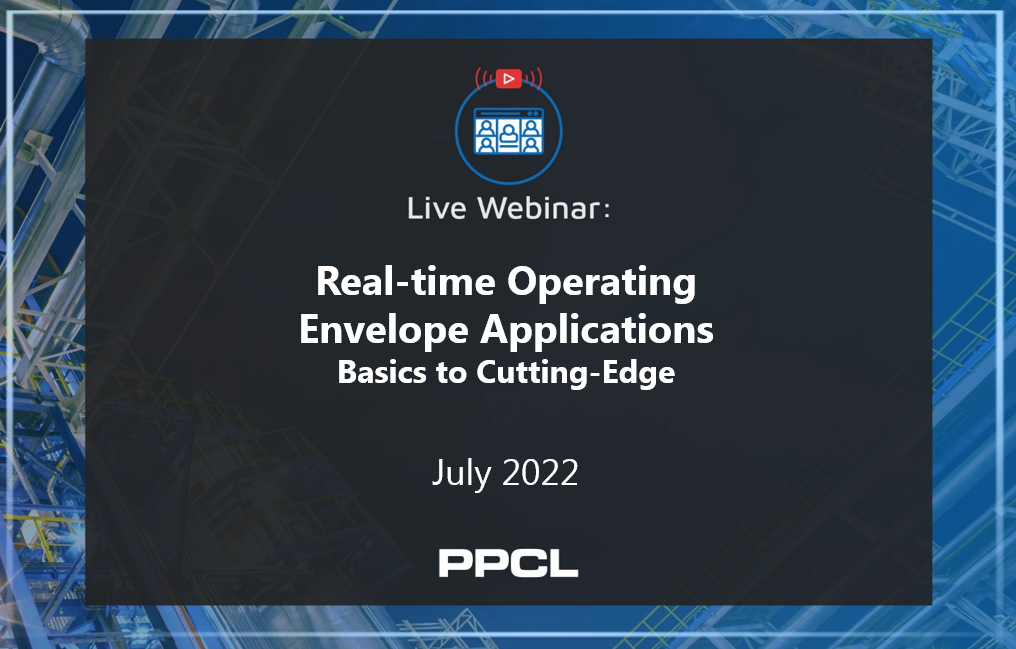
Real-Time Operating Envelope Applications: Basics to Cutting-Edge
Geometric Process Control (GPC) helps users understand, improve, and operate their processes.
This webinar focuses on interpreting the full operating envelope, starting from offline response surface applications and moving through typical process optimization, event prediction and digital twin operations to transient, multi-modal models and finally look at some current developments and their promise for the future. Demonstrations with C Process Modeler (CPM), our real-time product, are included.
How to Reduce Process Energy Usage
Record high energy prices put a focus on reducing your plant energy expenditure. How can this be done quickly without expensive modelling or data collection? In this webinar we show you how to find operational changes to minimize your energy usage using only data already present in your plant historian. Implementing these findings with operations quickly can then have immediate and significant cost savings.
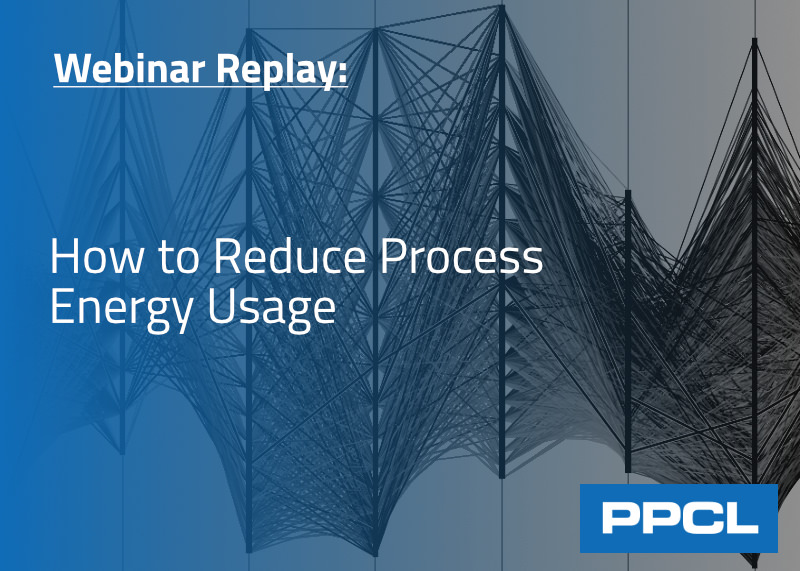
Is there still a Role for Six Sigma? Improving Six Sigma to Expand its Relevance
Challenges facing implementation of six sigma and lean manufacturing processes include a focus on gut-driven rather than data-driven projects and getting full management buy-in. This is a failure of the analytic tools used in the process. As they focus in detail on the relationship of a small number of variables, project selection is often done intuitively, pre-screening and judging the data and improvement possibilities.

Operational Process Improvement: You already have the Data
You already have the data for enormous potential in improving plant operation through making operational changes to capture, repeat, and improve best historic operation. Understanding your process behavior is key to unlocking benefits such as higher throughput, better product, lowest costs, less waste, and more uptime.
